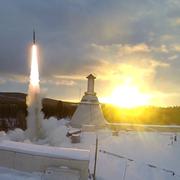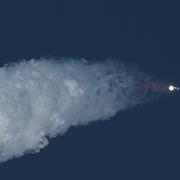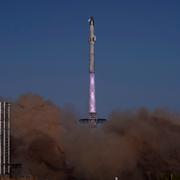
Astrofysiker: Inte som att Kina har ett rent förflutet
Att Kina anklagar Elon Musks bolag Space X för att agera oförsiktigt i rymden visar att världen är på väg in i ”en ny rymdera”. Det säger Jonathan McDowell, forskare vid Harvard & Smithsonians center för astrofysik, till The Guardian.
Kollisioner i rymden är inte ovanliga men antalet har ökat på senare och och allt fler satelliter skickas upp.
– Starlink är en stor del av det, säger McDowell till tidningen.
Samtidigt betonar han att Kina står för en väsentlig del av rymdskrotet.
– USA:s rymdstation har flera gånger de senaste tio åren fått ducka för bitar från Kinas militära antisatellittester 2007. Det är inte som att Kina har ett rent förflutet här.
Enligt Kina har Starlink-satelliter från Space X vid två tillfällen det senaste året kommit så nära landets rymdstation Tiangong att den tvingats att göra en undanmanöver. Uppgifterna från Kina har inte kunnat verifieras, enligt BBC.



